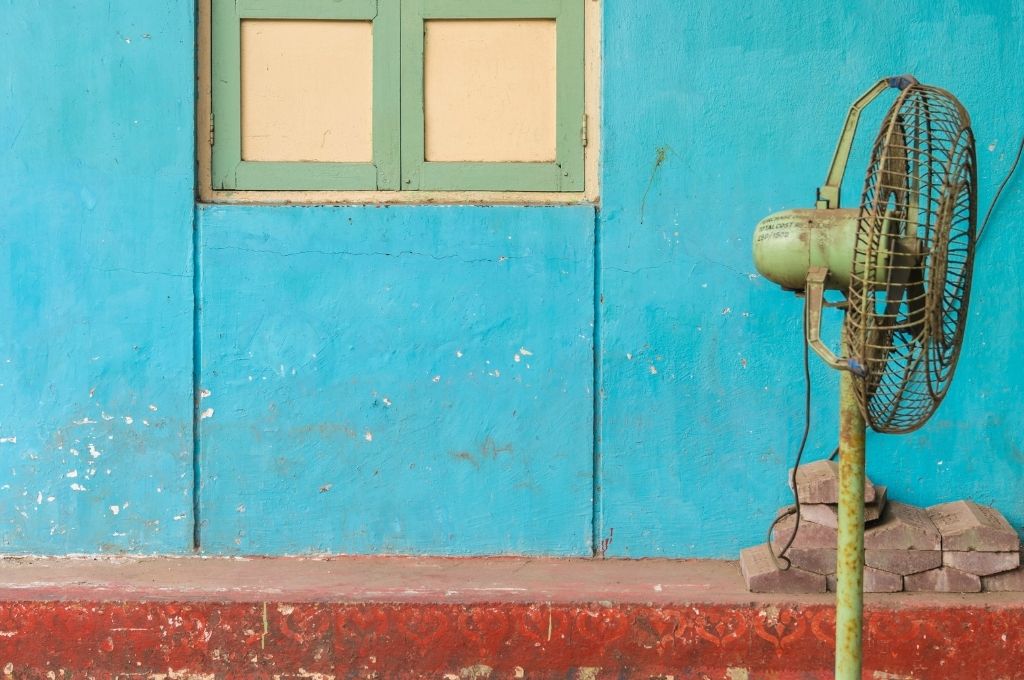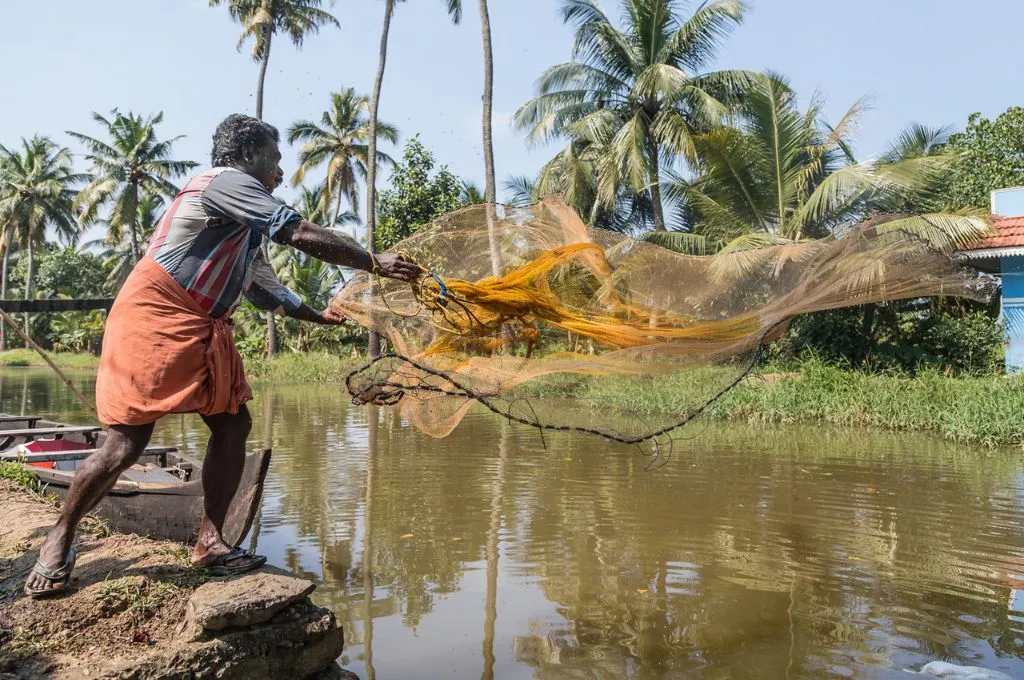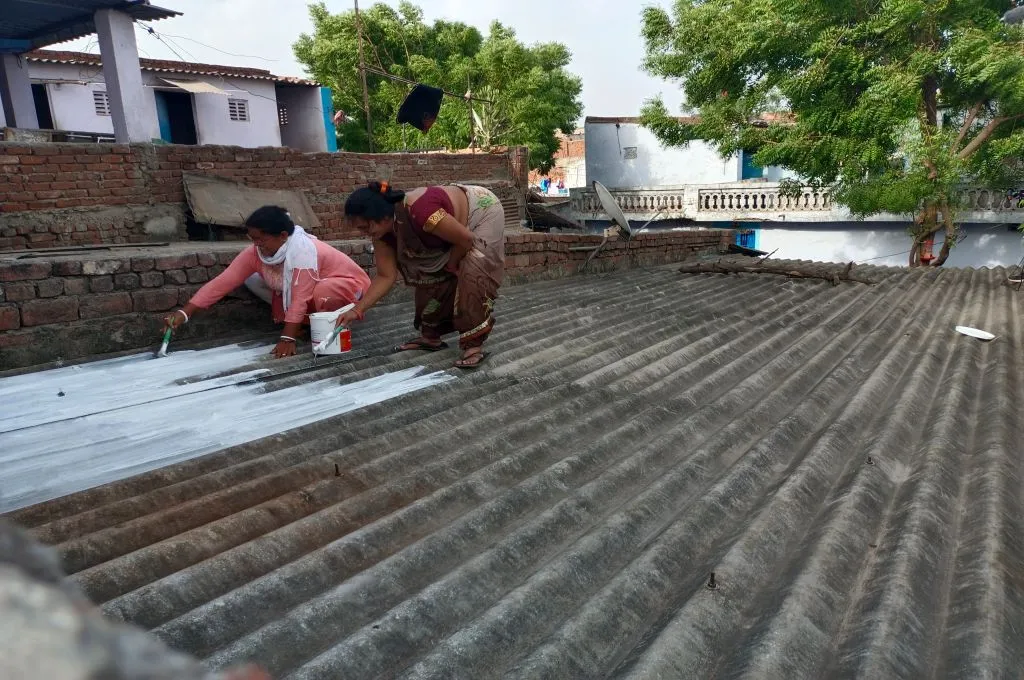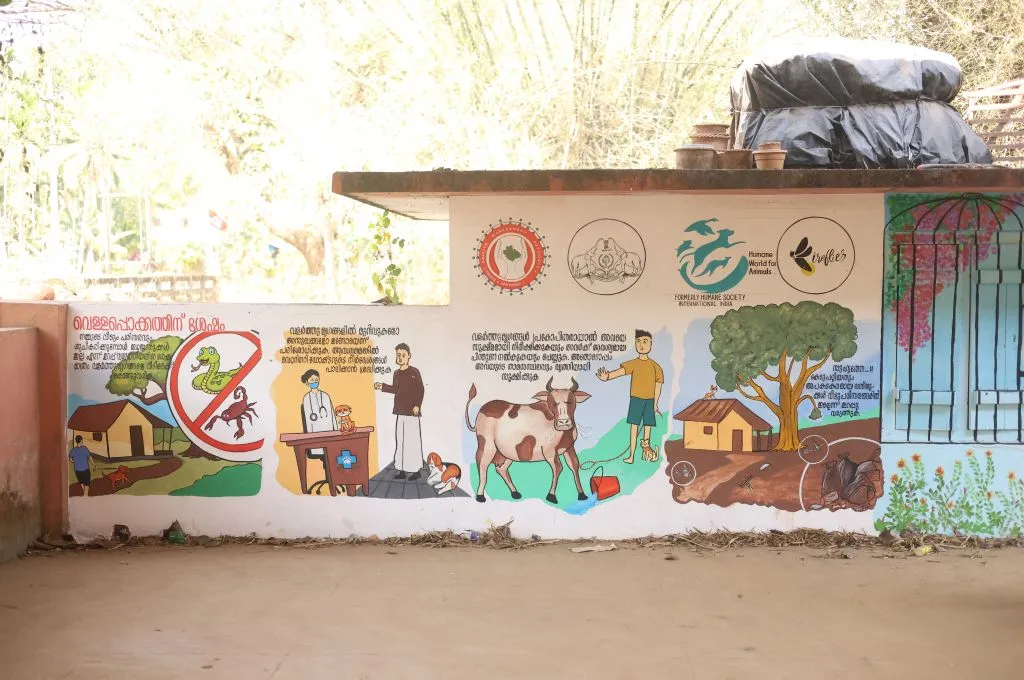Who’d have guessed that a 49.6 degree Celsius temperature would be recorded somewhere in a normally frigid Canada? But that is exactly what has occurred. On three consecutive days, the tiny town of Lytton experienced the hottest temperature ever recorded in Canada. Now wildfires, caused by the extreme heat, have reduced much of Lytton to ash. To put things in perspective, the maximum temperature ever recorded in Delhi is 48 degree Celsius.
For decades, scientists have warned that the climate crisis will increase the frequency and intensity of heatwaves. However, Canada is not one of the countries predicted to be severely impacted by it. Instead, lethal heatwaves are projected to bring death and destruction across the Middle East, South Asia, and portions of Africa and China. The blistering heatwave in Canada, therefore, is a harbinger of things to come, for us.
It is now scientifically established that the frequency and intensity of heatwaves in India are increasing. For example, researchers from the Indian Institute of Technology (IIT), Gandhinagar published a study in Environmental Research Letters in 2017 that convincingly proved a considerable rise in the frequency and severity of heatwaves from 1951 to 2015. It also revealed that the five most severe heat waves occurred after 1990.

Similarly, heat-related fatalities are on the rise. According to a recent article co-authored by M. Rajeevan, Secretary of the Union Ministry of Earth Sciences, 17,362 individuals have died due to heatwaves since 1971—almost 12 percent of all deaths caused by extreme weather events. Furthermore, the study found that the mortality rate due to heatwaves has increased by 62.2 percent in the last 50 years. These findings are in consonance with the predictions of almost all climate models.
Heatwaves will become common across South Asia
Latest climate models predict that deadly heatwaves will become common across South Asia even if global warming is contained to 1.5 degree Celsius; the consequences would be far worse if 1.5 degree Celsius is breached.
In 2019, scientists from the Indian Institute of Tropical Meteorology (IITM) analysed nine climate models and discovered that the frequency and length of heatwaves may begin to increase as early as 2020 and continue to rise if global temperatures rise further. IIT Gandhinagar’s projections suggest that the frequency of severe heatwaves will increase 30-fold by 2100 if the global temperature increases by 2 degree Celsius. All climate models, therefore, point to heatwaves becoming a major natural calamity soon. The question is, are we paying attention to these warnings and preparing ourselves to deal with the impending crisis?

Fortunately, many cities and states have acknowledged the threat and developed Heat Action Plans (HAPs). For example, in 2013, Ahmedabad became the first city to implement a HAP to raise public awareness, identify high-risk groups, issue heatwave alerts, and improve inter-agency collaboration. So far, 30-odd cities have adopted similar HAPs. State-wide HAPs have also been introduced in Tamil Nadu, Kerala, Maharashtra, and Odisha. However, nationally, the overall effort remains grossly inadequate.
To begin with, our definition of a heatwave is out of date. The Indian Meteorological Department (IMD) declares heatwave based on temperature. A heatwave is proclaimed when the highest temperature at a station surpasses 45 degree Celsius; if it exceeds 47 degree Celsius, it is referred to as a severe heatwave. Heatwaves in coastal and hilly locations are declared using similar criteria.

The human body, however, reacts to a combination of heat and humidity, measured as the “wet-bulb temperature.” The wet-bulb temperature can be high even when the temperature is relatively low. For example, if the temperature is 35 degree Celsius and the relative humidity is 80 percent, the wet-bulb temperature will be 32 degree Celsius, which is considered dangerous for manual labour. Similarly, if the temperature is 40 degree Celsius and the relative humidity is 75 percent, the wet-bulb temperature is about 36 degree Celsius. Few humans can tolerate a wet-bulb temperature exceeding 35 degree Celsius because their bodies can no longer cool themselves.
Many regions of India now experience wet-bulb temperatures exceeding 32 degree Celsius during certain parts of the year. However, we are not declaring such days to be heatwaves, endangering the lives of people engaged in manual labour.
Heat code could outline a standard operating procedure during heatwaves
There is no national heat code. A heat code will outline the criteria for declaring heatwaves and will develop Standard Operating Procedures (SOPs) to be used during heatwaves, such as work-hour limits and relief measures in public places and hospitals. The heat code will also give the district administration the authority to declare an emergency, halt outdoor activities, and allocate resources for heat relief.
Our existing building codes and urban planning are not intended to keep our cities cool.
Our existing building codes and urban planning are not intended to keep our cities cool. On the contrary, they are worsening heatwaves by magnifying the heat island effect. To reduce heatwaves, we will need to modify our urban planning standards and building bylaws to enhance green areas and water bodies and promote cool roofs and green buildings, among other things.
Finally, only in 2015, did the Indian government declare the heatwave a natural disaster under the National Disaster Management Act of 2005. As a result, while the heatwave is qualified for support from the National and State Disaster Response and Mitigation Funds, there are insufficient resources and capacity to enhance resilience in cities and states.
It is time the central government acknowledges heatwaves as a real threat and assists states and districts in implementing Heat Codes and HAPs. Moreover, our scientists and planners will also have to update the definition of a heat emergency and the guidelines for dealing with it. But, let’s not forget, it is a clear and present danger, and we must deal with it urgently.
This article was originally published on Mongabay-India.




